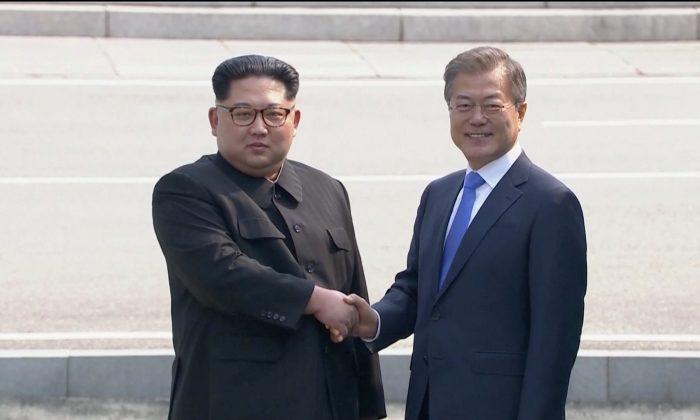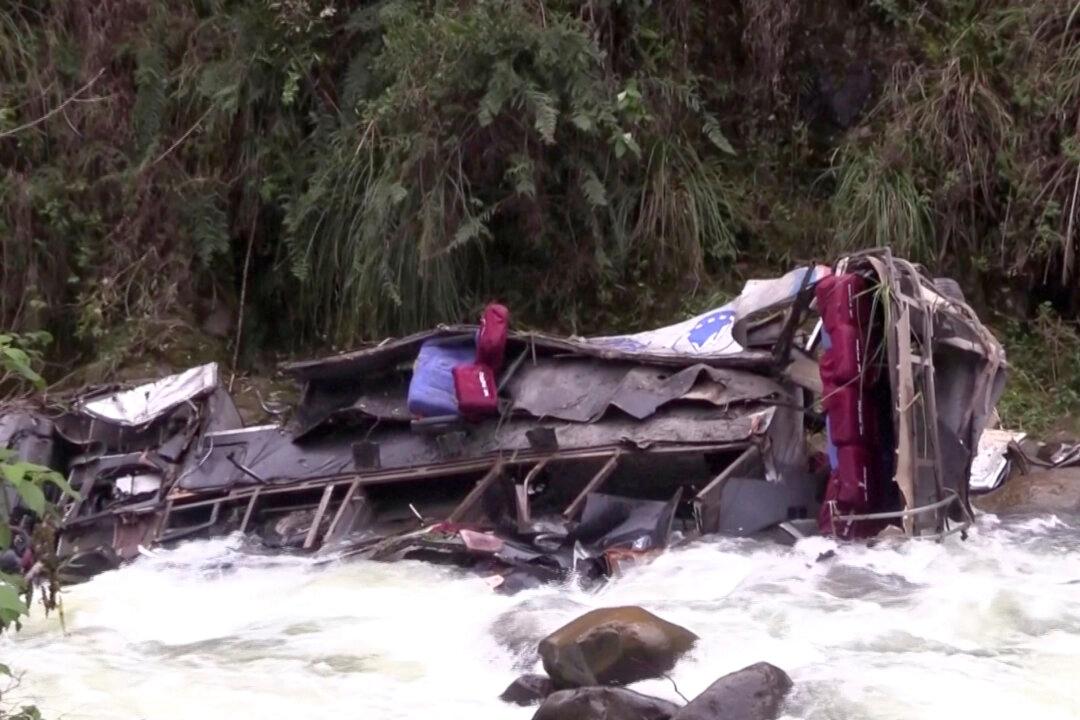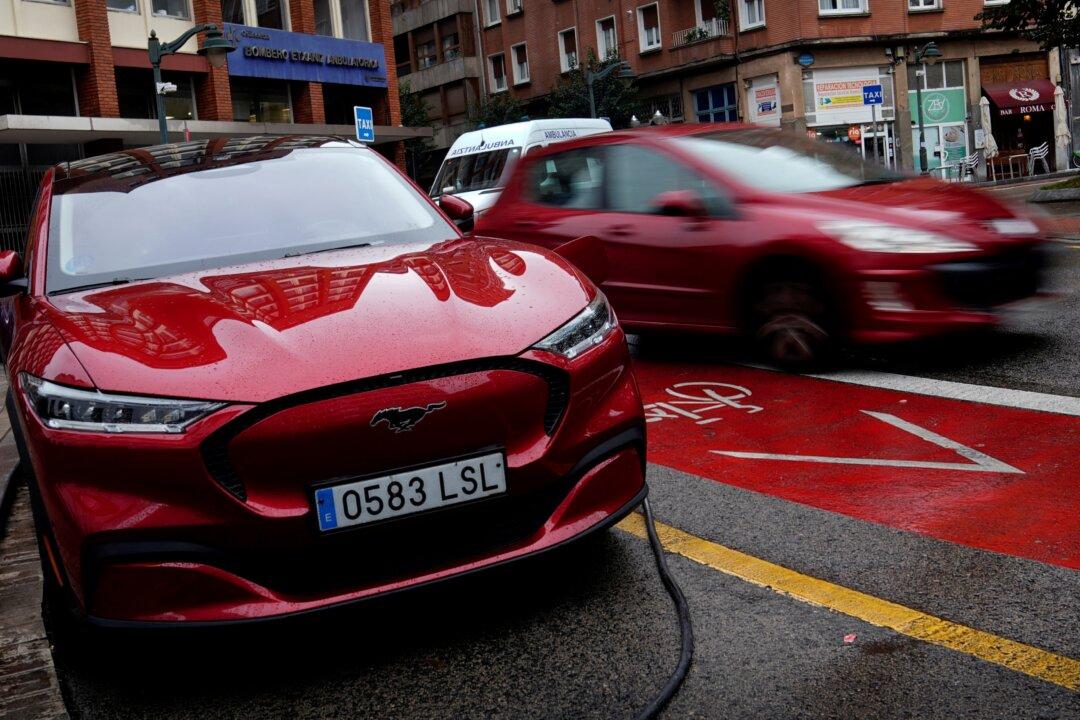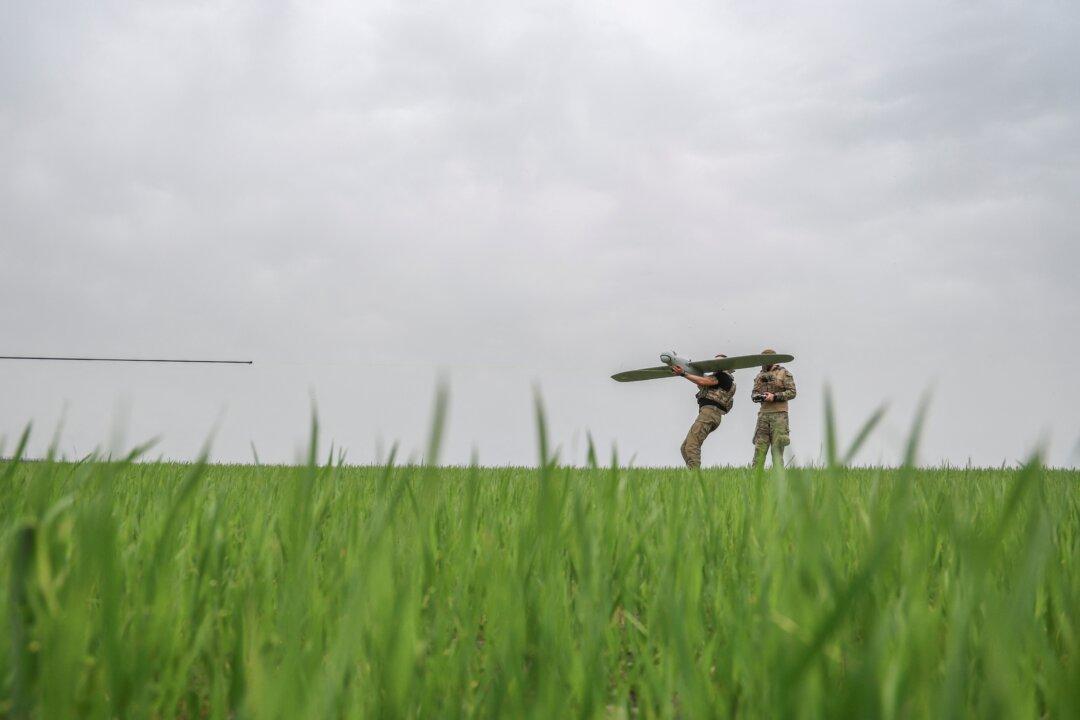SEOUL—The leaders of the two Koreas began their historic meeting with a handshake at the heavily fortified military demarcation line at 9:30 a.m. on Friday morning, seeking to end their decades-long conflict and ease tensions over the North’s nuclear weapons program.
The two are expected to talk denuclearization and exchanges between the Koreas and also will plant a memorial tree at the border truce village of Panmunjom as part of the first inter-Korean summit in more than a decade.
Friday’s summit will set the stage for Kim to meet with U.S. President Donald Trump in late May or early June, in what would be an unprecedented first encounter between sitting leaders of the two countries.
Just days before the summit, Kim said North Korea would suspend nuclear and long-range missile tests and dismantle its only known nuclear test site.
Moon was also seen leaving the presidential office in a bulletproof sedan. He stopped briefly to greet dozens of summit supporters waving South Korean flags near the Blue House.
Hundreds of demonstrators were seen gathering in downtown Seoul from early morning to protest or support the summit.
Unending Hostilities
Impoverished North Korea and the rich, democratic South are technically still at war because the Korean War ended in a truce, not a peace treaty.The United States stations 28,500 troops in South Korea as a legacy of the Cold War conflict, which pitted the South, the United States and United Nations forces against the communist North, backed by communist China and Russia.
On Thursday, Trump said he was considering three or four dates as well as five locations for his meeting with Kim, although once again he added that it remained unclear whether the meeting will occur.
“It could be that I walk out quickly — with respect — but ... it could be that maybe the meeting doesn’t even take place,” he told Fox News by telephone. “Who knows. But I can tell you right now they want to meet.”
The White House released two photographs of then Secretary of State-designate and CIA chief Mike Pompeo’s meeting with Kim in North Korea over the Easter weekend to discuss the planned summit. It was Kim’s first known meeting with a U.S. official.
The photos show Kim and Pompeo, who was confirmed as secretary of state on Thursday, shaking hands. In one they faced each other looking serious. In the other, they both appeared to wear faint smiles.
The latest summit has particular significance not least because of its venue: the Demilitarized Zone, a 160-mile (260-km) long, 2.5-mile (4-km) wide strip of land created in the 1953 armistice to serve as a buffer between the South and North.
For the first time, key moments such as Kim crossing the border into the South, the two leaders shaking hands and walking to the Peace House for their talks, will be broadcast live.





